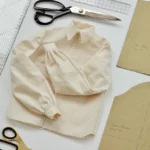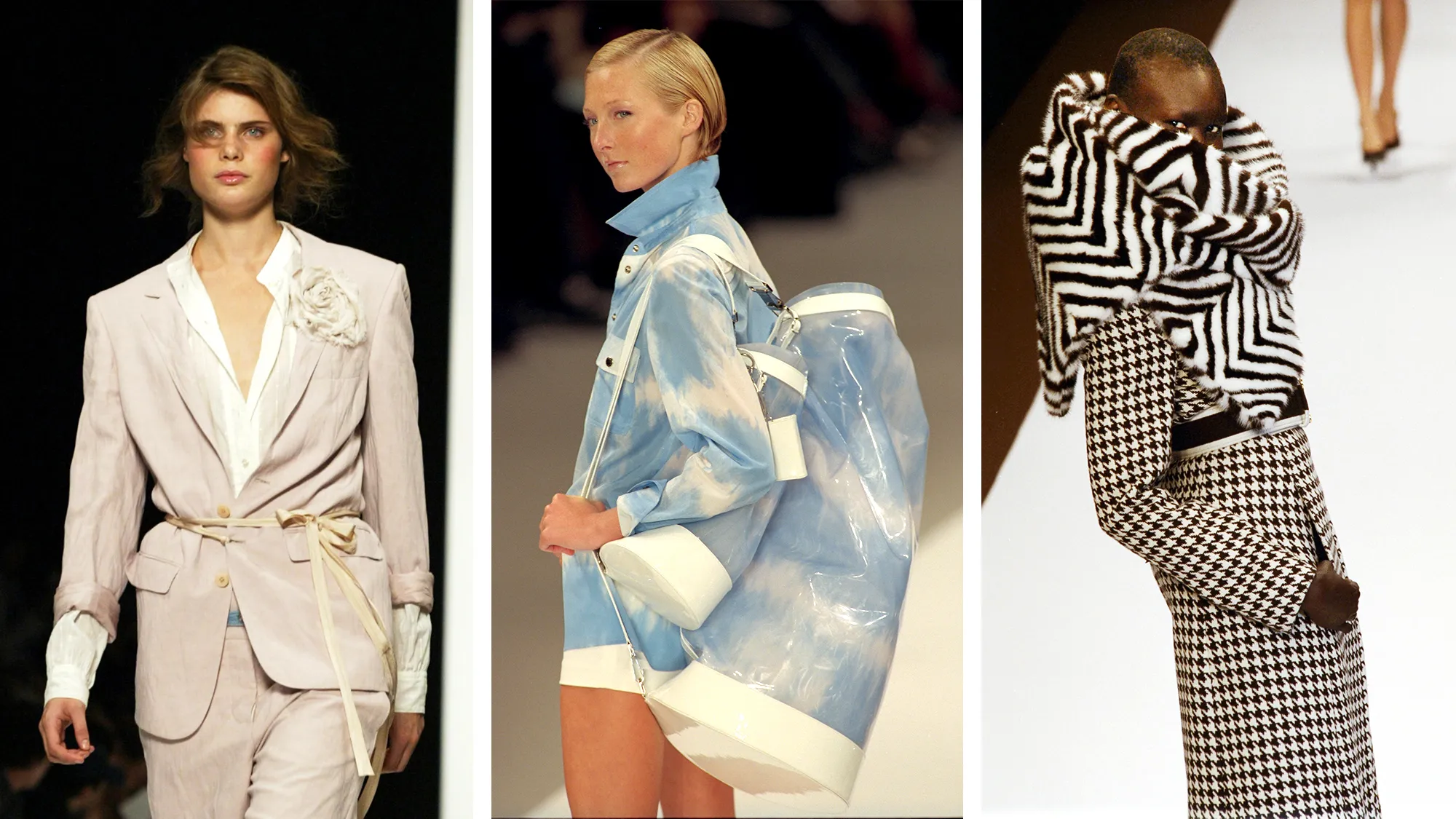The world of fashion is evolving rapidly with new technologies that are transforming how clothing is designed, produced, and worn. From sustainable materials to digital fashion, these innovations are shaping the future of the industry. Let’s explore the key emerging technologies in clothing design.

3D Printing in Fashion
3D printing is revolutionizing how clothes are made. Designers can now create intricate, customized designs using this technology. It allows for faster prototyping and reduces fabric waste, making fashion more sustainable. With 3D printing, fashion is moving towards a future where consumers can print their clothes at home or customize items in stores.
Smart Fabrics and Wearable Technology
Wearable technology is no longer limited to accessories like smartwatches. Now, clothes can be embedded with sensors and smart fabrics that respond to the environment. From temperature-regulating jackets to clothes that monitor your health, smart textiles offer functionality and comfort. The integration of technology with fashion is creating garments that do more than just look good—they serve a purpose.
Sustainable and Eco-Friendly Materials
With increasing awareness of the environmental impact of fashion, designers are turning to sustainable materials like organic cotton, recycled fabrics, and biodegradable fibers. Innovations like lab-grown leather and fabrics made from plant-based materials are paving the way for eco-conscious fashion. This shift is essential for the future of design as consumers demand more ethical and sustainable choices.
Digital Fashion and Virtual Runways
Virtual reality (VR) and augmented reality (AR) are changing how fashion is presented and consumed. Digital fashion, where garments exist only in the digital realm, allows designers to experiment without the need for physical materials. Brands are also hosting virtual runway shows, providing a global audience with an immersive experience. This trend is reshaping how we think about fashion, focusing more on creativity and less on physical constraints.
AI and Machine Learning in Design
Artificial intelligence (AI) is playing a significant role in fashion design. AI can analyze trends, predict consumer preferences, and assist in creating personalized designs. Machine learning algorithms help designers optimize their work, suggesting new patterns, styles, and color schemes based on data. This technology is streamlining the design process, making it more efficient and data-driven.
Sustainable Manufacturing with Robotics
Robotics is revolutionizing clothing production by automating tasks like cutting, sewing, and assembling garments. This reduces production time and labor costs while maintaining high precision. With the rise of robotic technology, manufacturing processes are becoming more efficient, sustainable, and scalable, allowing for on-demand production.
The Rise of Circular Fashion
Circular fashion focuses on extending the lifecycle of garments through recycling and upcycling. With the help of technology, designers are now creating clothes that are easy to disassemble and repurpose. This trend promotes a more sustainable fashion industry by reducing waste and encouraging the reuse of materials.
Conclusion
The future of clothing design is being shaped by technological advancements that prioritize sustainability, innovation, and personalization. As emerging technologies like 3D printing, AI, and smart fabrics continue to evolve, they are set to revolutionize the fashion industry, making it more efficient, ethical, and creative. The fusion of fashion and technology offers endless possibilities for designers and consumers alike.











